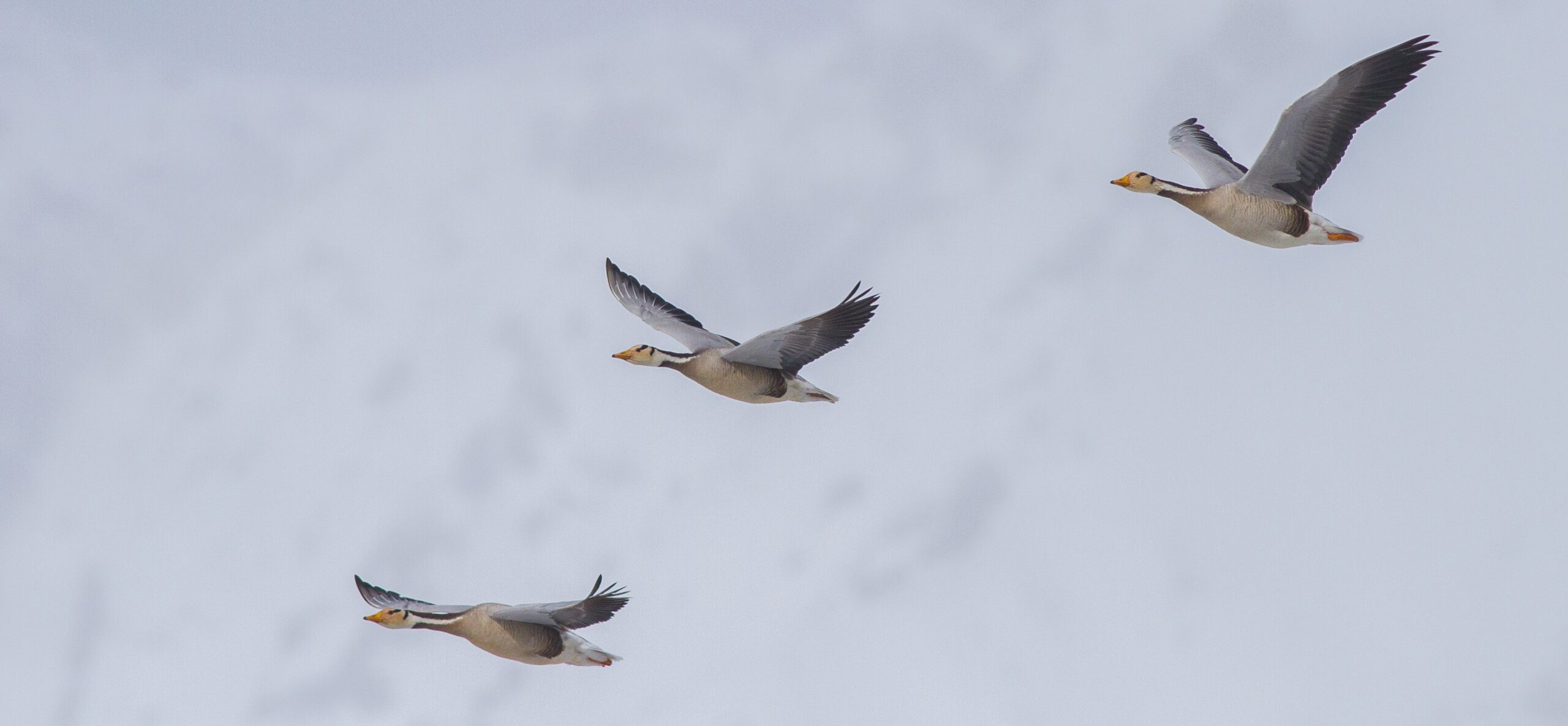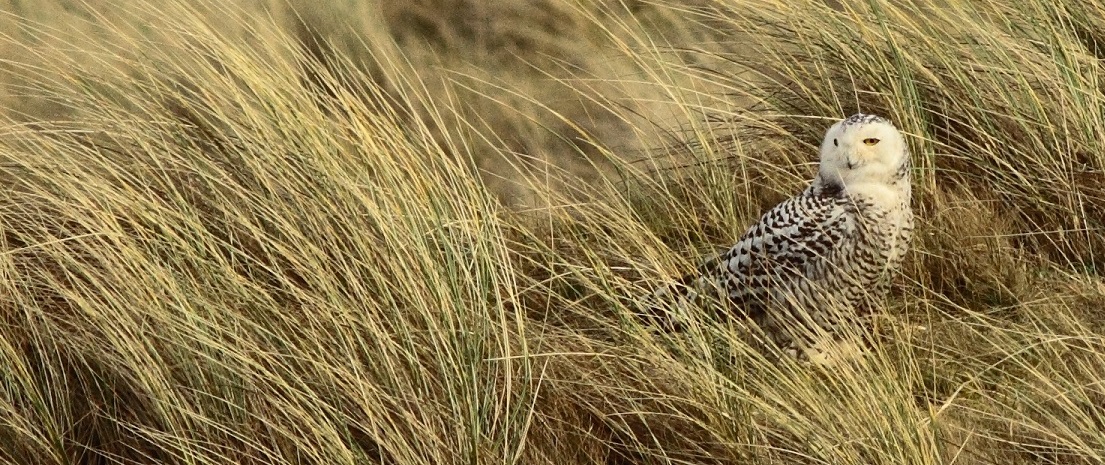
The poles of our planet are inhospitable places where life is virtually impossible. However, the coastal areas of the poles can be densely populated by animals that rely on the oceans to provide their food. In turn, colonies near the sea attract predators and scavengers. All resident polar animals have adaptations to stay warm during the harshest of conditions. Moving away from the poles, the tundra offers some possibilities for plant growth. The cold is still a determining factor, as much of the soil will never thaw, creating a permanent frost.
However, plant and lichen growth is sufficient to harbour large populations of plant eaters, and their predators. Summers can be particularly rich in mosquitos that develop in pools lacking fish, and their larvae make good food for insect eaters. To survive the winter, species must migrate, hibernate or adapt to a life under the snow. Where the tundra becomes forested (taiga), the polar region reaches its temperature limit.

Explore below how the snow shoes of the rock ptarmigan, the parasitic lifestyle of the skua and blind guts of the sanderling help polar species getting around!
Animals of polar regions
available soon
Little auck
Snowy owl
Rock ptarmigan
Sanderling
Glaucous gull
Arctic skua

